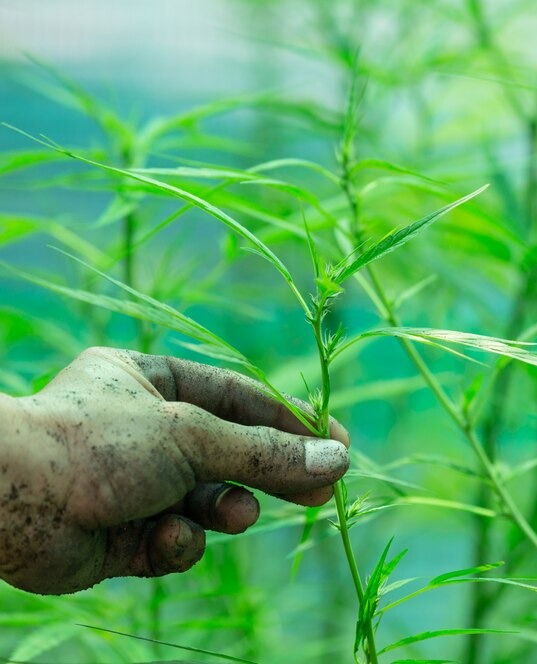
WATERLESS AGRICULTURE
Waterless farming is a method developed to increase agricultural productivity in regions where water resources are scarce. This farming technique aims to ensure healthy plant growth while conserving water. Dry farming offers sustainable agricultural solutions, particularly in arid climates and areas with limited water availability.
Various strategies are employed in dry farming to minimize water consumption. These include mulching to retain soil moisture, drip irrigation systems that deliver water directly to plant roots, and covering techniques that prevent water evaporation from the soil. Additionally, certain plant varieties used in dry farming are known for their drought-resistant traits and can thrive with minimal water.
One of the key advantages of dry farming is the efficient use of water. This method helps conserve water resources while enhancing soil fertility. It also minimizes production losses caused by water restrictions and offers cost benefits to farmers.
However, the successful implementation of dry farming requires careful planning and management. Factors such as soil composition, climate conditions, and plant selection directly influence the effectiveness of this method. Therefore, it is crucial for farmers to conduct a thorough assessment before adopting these techniques.
In conclusion, dry farming is an important approach that supports agricultural sustainability in areas with limited water resources and reduces environmental impacts. This method has the potential to make agricultural production processes more efficient and water-friendly in the future.